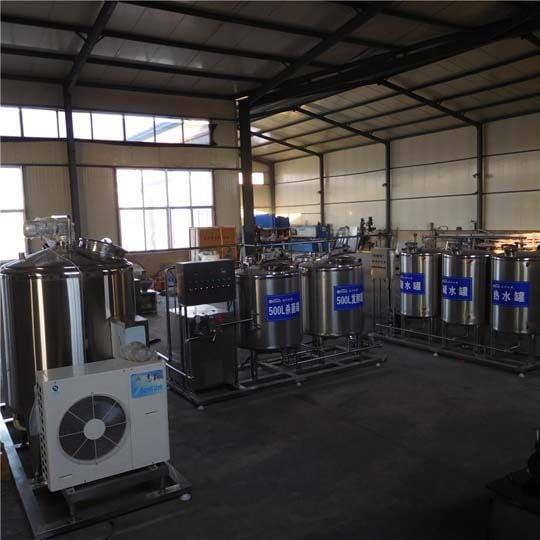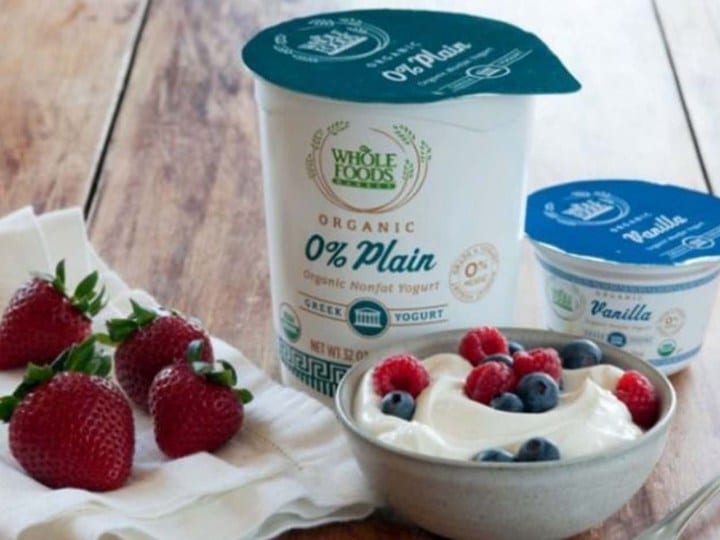As a nutrient-rich dairy product, yogurt has very large market potential. Yogurt can be processed by a full set of yogurt production equipment, or it can be made by a yogurt fermentation machine. Making yogurt requires not only high-quality machines but also the corresponding technology. In the process of yogurt processing, we often encounter a series of problems, such as granular texture, too sour taste, milk thinning or dehydration. Then how to solve it?
FAQ and solutions for making yogurt with yogurt machines
1. Granular texture during fermentation
When processing yogurt, the higher the yogurt fermentation temperature is set, the shorter the fermentation time required, the fermentation can be stopped earlier and then cooled and packaged. This practice may damage the quality of the finished yogurt. Yogurt may have a granular texture at higher incubation temperatures.

Why does this happen? When lactose is metabolized and fermented to lactic acid, the faster the acid from the culture is produced, the more it will impact the milk proteins inherent in the yogurt. Growing yoghurt at a set temperature of 110 ° F can reach a pH that terminates fermentation in a short period of time-that is, 7.5 hours instead of 8 hours. However, the fast-produced acid of lactic acid bacteria impacts milk protein and makes it granular in quality in a culture tank or in a cup (if fermented in a cup).
Solution: If the problem is caused by too high fermentation temperature, then the obvious solution is to set a lower culture temperature. Because yoghurt is fermented at a lower temperature of 104 ° F, acid is produced at a slower rate, thereby reducing the probability of milk protein being hit.
2. Yogurt is too acidic and the PH of the finished product is too low
Producers need to pay attention to predict the pH at which yogurt should stop fermentation and cool down. If the pH of the yogurt in the finished cup is expected to reach 4.3, then fermentation may need to be stopped at a pH of 4.70 so that the yogurt is packed in retail cups, and the pH is not lower than when boxed, palletized, and in the freezer 4.30.
Solution: Obviously, the solution to this problem is to simply increase the pH value at the end of fermentation, so that when the yogurt is cooled, or when fruit and sugar are added, its pH value will fluctuate less downward, and it will eventually completely cooled in retail packaging.

3. The milk body or texture of the yogurt is too thin
After the yogurt is fermented in the yogurt fermentation tank, it will be over-stirred, causing the product to have a low viscosity or a thin texture before entering the final retail packaging. In this case, it is possible that the product was cut too much while cooling in the fermenter; or it was cut too much during transfer to the cold plate; or it was cut when adding fruit and extra sugar too much.
Note that once the yogurt reaches pH, care must be taken not to over-stir the product at every step in the processing. Excessive stirring will cause the milk texture to be too thin.
Solution: Set the agitation of dairy products in the tank to a minimum during cooling and before filling. This may mean intermittent stirring, placing the timer on the blender of the yogurt tank, minimizing shear in the tank during cooling. When the product is waiting to be filled in the flavor jar, be careful not to stir it too much at this time.
